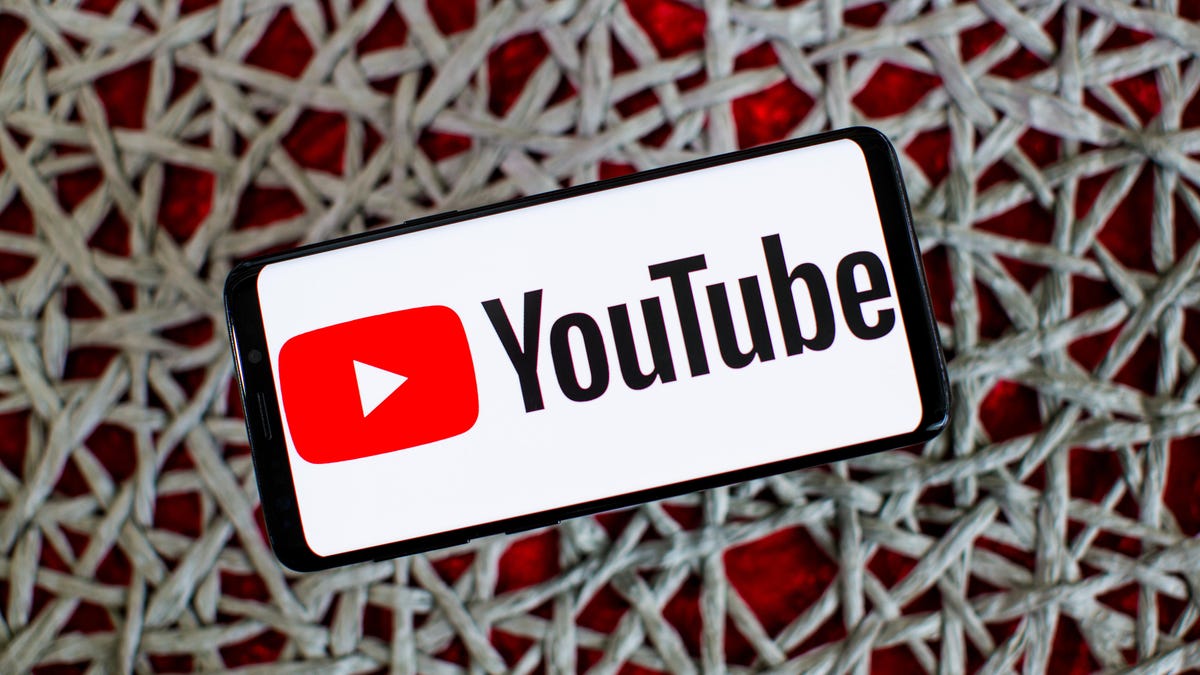YouTube to test more parental controls for teens and tweens, addressing big gap
The coming test of so-called supervised accounts will give parents more flexibility in gating off content for kids 9 years old and older.

YouTube has more than 2 billion monthly visitors.
YouTube plans to test a new kind of parental control called supervised accounts, which will let parents of teens and tweens have more flexibility in gating off content and turning off features on Google's massive video site. The new test seeks to address a huge gap in oversight tools for parents of kids aged 9 and up, minors who have outgrown preschooler nursery-rhyme videos like Cocomelon that the dedicated YouTube Kids experience serves best -- but who are still too young to safely access no-holds-barred YouTube, dark rabbit holes and all.
"We've heard from parents and older children that tweens and teens have different needs, which weren't being fully met by our products [like YouTube Kids]," YouTube said in a blog post Wednesday announcing the new parental controls. "As children grow up, they have insatiable curiosity and need to gain independence and find new ways to learn, create, and belong."
These supervised accounts will roll out as a beta test in more than 80 countries "over the coming months," YouTube said. Any parent in those countries may sign up for a supervised account for kids under the "age of consent" for YouTube activity, which is 13 in the US but varies in other countries. These supervised experiences only work on YouTube's web player and on its mobile apps for Google's Android and Apple's iOS devices.
YouTube, with more than 2 billion monthly users, is the world's biggest online video source -- so big, in fact, it's also the world's top source for kids' videos. Content for kids is one of the site's most-watched categories, but YouTube has come under fire for a range of scandals involving children. It was slapped with a record $170 million US penalty because of the the data YouTube collects on kids without parents' consent. YouTube has also faced scandals involving videos of child abuse and exploitation and nightmarish content in its YouTube Kids app, pitched as a kid-safe zone.
These supervised Google Accounts will allow parents to choose different levels on content restrictions, while supervised experiences have three gates that parents can choose when limiting access to videos.
More streaming advice
- 10 Ways to Save Money on Streaming
- How to Cut the Cable TV Cord in 2023
- See More at Streaming TV Insider
The most restrictive is called Explore, for kids 9 and older, which will allow access to videos like vlogs, tutorials, gaming videos, music clips, news, educational content and other material -- stuff that was generally off-limits in YouTube Kids. Then an Explore More level of access is designed for kids 13 and up, with a larger set of videos and access to livestreams in the same categories as the 9-year-old grouping. Finally, a "Most of YouTube" setting contains almost everything YouTube hosts except for age-restricted content, which is supposed to block off things like pornographic material, violence and other highly sensitive material.
Supervised accounts will also limit features. At launch, the company is going to disable in-app purchases, as well as creation and comments features. And parents will be able to manage the supervised account's watch history and search history from within their child's account settings. Parents can also use other controls like screen timers through Google's Family Link.
Kids watching YouTube with a supervised account will be served advertising but they won't get personalized ads. They also may encounter videos with paid promotions pitched by the channel itself inside a video. They will be served what's known as contextual ads, which are ads based on the type of content watched rather than the account's usage data. All ads shown on supervised accounts will are subject to the company's kids advertising policies, and YouTube will enforce the same category and ad content restrictions on supervised accounts as it does on made for kids content. Parents also have the option to sign up for YouTube Premium to remove paid ads from their kids experience.

